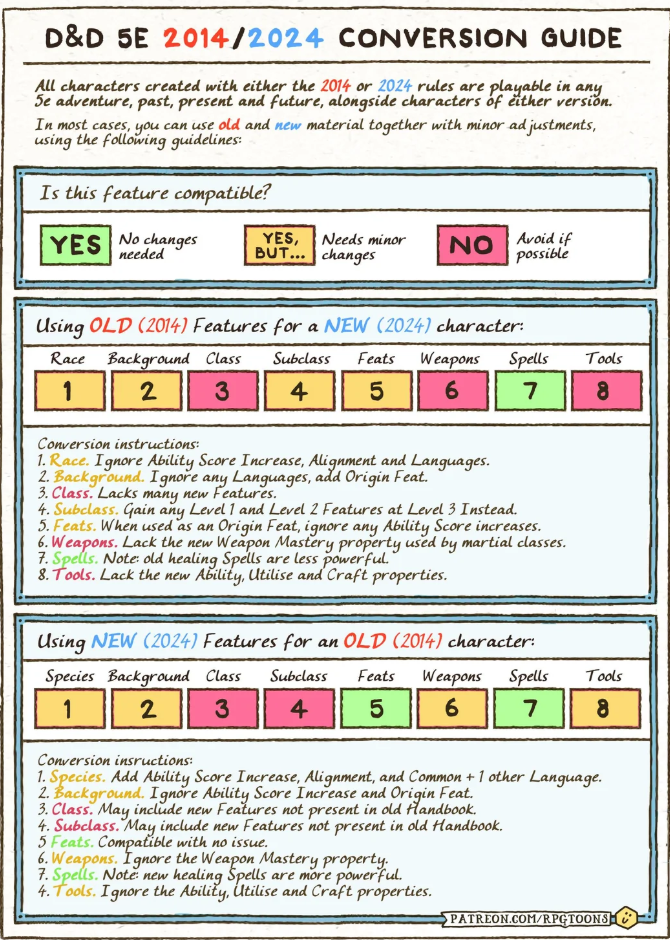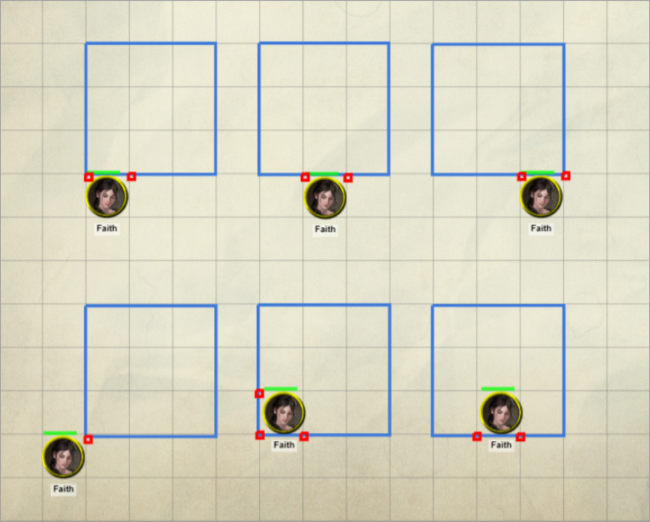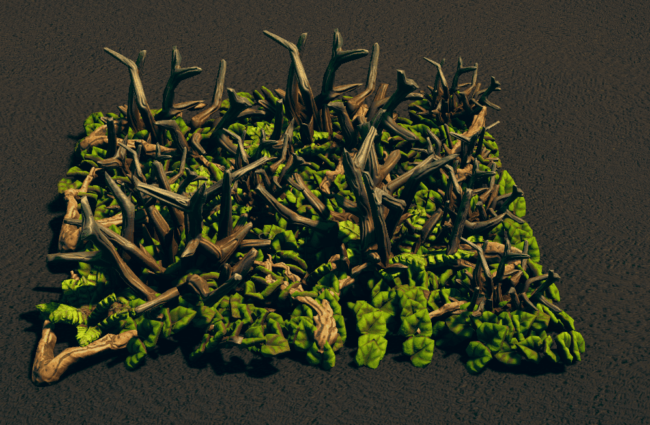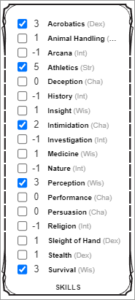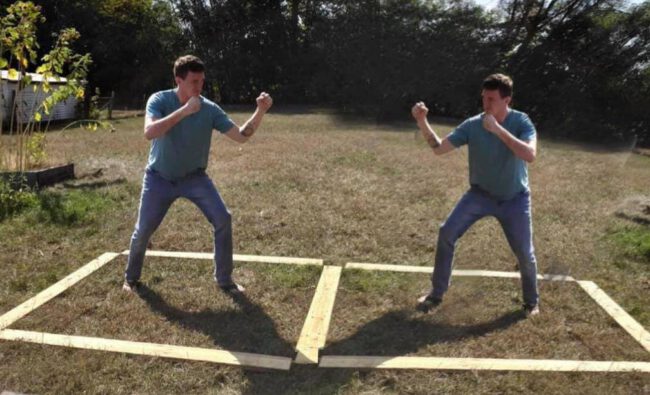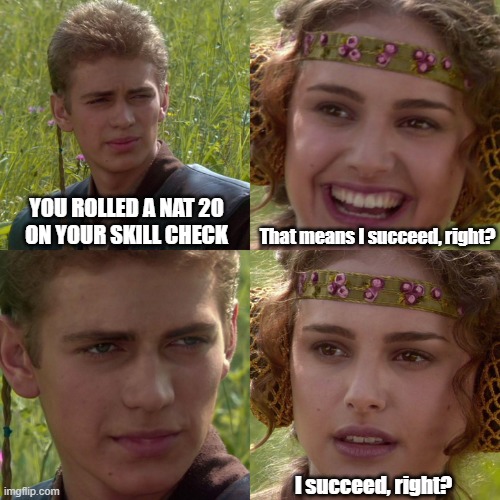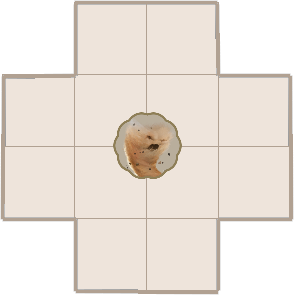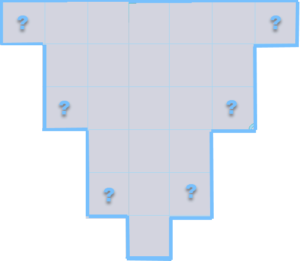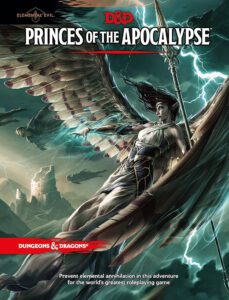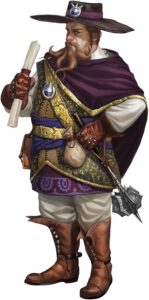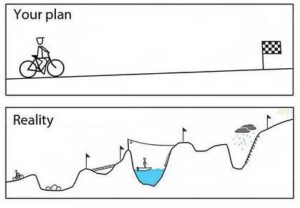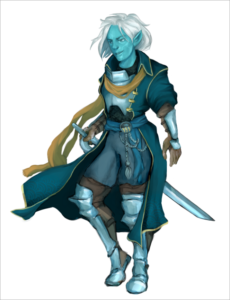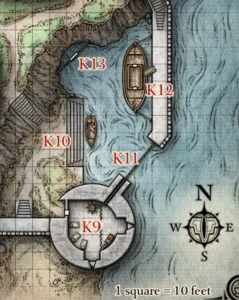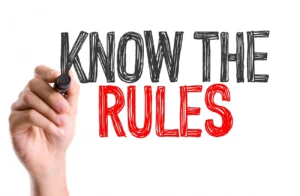 Part of an ongoing series of 5e (2014) Rules notes. See the end of the post for notes on 5.5e (2024) rules.
Part of an ongoing series of 5e (2014) Rules notes. See the end of the post for notes on 5.5e (2024) rules.
This is one that the tables of our gaming group generally do wrong — or, at least, not Rules as Written (PHB 190) for quite some time: what it takes, action-wise, to change from one weapon to another.
When describing what you can do on your turn, the rules say:
You can also interact with one object or feature of the environment for free, during either your move or your action. For example […] you could draw your weapon as part of the same action you use to attack. If you want to interact with a second object, you need to use your action.
And, under the rule on interacting with objects around you, it says:
draw or sheathe a sword
In other words, you can on any given turn, for free, (a) draw a weapon, or (b) sheathe/put away a weapon … but not both. This means the (very common) “Hmmm, with which of my array of weapons am I attacking with on this turn?” maneuver doesn’t work (RAW).
Round 1 – I plonk the bad guys with my bow.
Round 2 – Ooh, a bad guy is in my face, I stab him with my sword.
Round 3 – I shoot the guy across the room with my bow.
Round 4 – I charge in and stab that guy with my sword.
Nope. Essentially, switching weapons takes a full Action (putting away one weapon for free, Use an Object for your Action to draw the other one), meaning no attack that round.
This also complicates life for thrown weapon players. If drawing one of your throwing daggers takes up your free object interaction, then even if you have multiple attacks for your Attack action, you won’t have a way to draw additional daggers / shuriken / etc.
A couple of ways around this if you want a quick weapon change (one-way):
- Don’t put your weapon away. Just drop it (as you would a torch), which takes no time, and then lets you use your free interaction to draw your new weapon. Except in exceptional circumstances, there’s no call to worry about damage to the weapon. Dropping something takes no no time, and then you can draw your other weapon.
Getting that weapon back to use again in the battle seems like it would be dodgy, but the rules do let you pick something up just as easily as drawing from a sheathe, for that free object interaction. Of course, if you have to flee the battle, the weapon might be left behind. Or, more seriously, the bad guys could grab the weapon you dropped, too. - You can also, if you really don’t want to lose your weapon and maintain maximum flexibility, do something along the lines of (Turn 1) Attack-Sheathe then (Turn 2) Draw-Attack as a way of switching weapons, but it’s not something you can do every turn, and it does leave you empty-handed (for Opportunity Attacks) elsewhere in that turn.
- Rogues (Thieves) can use Fast Hands on their Bonus Action to Use An Object. That totally works for this (free action to put away a weapon, FH>UAO to draw a new one, then Attack). That’s doubtless why Legolas took a couple of levels of Rogue at one point.
Frankly, all of this strikes me as Not Fun. Which is why we’ve tended to drop this from our games, as DMs are allowed to do. But that has some consequences. The design idea behind this restriction, among other factors, seems to be
- Drawing that distinction between archery fighters and melee fighters, and balancing between them (archery fighting is generally considered a bit OP in 5e; this means archery fighters dealing with guys getting in their faces have to decide between retaining their bow and being at a Disadvantage for shooting at folk at 5 feet, or switching weapons and being slowed down after their attackers are gone before resuming plonking at range). It reduces the homogeneity of folk swapping instantly between being ranged fighters and melee fighters.
- It also breaks the “video game weapon-swap” meme a bit.
- And it addresses the RL aspect that sheathing a sword and unlimbering a bow and drawing and shooting really does take more than six seconds (though, of course, RL considerations only go so far).
Lastly, of course, there are Feats and Sub-Class Features that explicitly allow faster drawing / sheathing of weapons; playing without that restriction renders them less useful. (I.e., the game is already built around the restriction, so removing the restriction theoretically unbalances things.)
Would you like to know more?
Weapon jugging in 5.5e
 5.5e (2024) shakes things up a bit here, by explicitly (PHB Appendix C, p. 361, and the Free Rules) allowing a draw or sheathe/stowing of a weapon as part of an attack within the Attack action, either before or after an attack, and not necessarily with the same weapon.
5.5e (2024) shakes things up a bit here, by explicitly (PHB Appendix C, p. 361, and the Free Rules) allowing a draw or sheathe/stowing of a weapon as part of an attack within the Attack action, either before or after an attack, and not necessarily with the same weapon.
Equipping and Unequipping Weapons. You can either equip or unequip one weapon when you make an attack as part of this action. You do so either before or after the attack. If you equip a weapon before an attack, you don’t need to use it for that attack. Equipping a weapon includes drawing it from a sheath or picking it up. Unequipping a weapon includes sheathing, stowing, or dropping it.
This lets you juggle weapons much more easily, especially as you get, e.g., Extra Attack, coming along.
It also appears that this Equipping / Unequipping rule is distinct from the Thrown property on weapons in 5.5e, which separately notes you can draw-and-throw as part of the attack. That means you could (if you can attack twice during your Attack action:
- Attack 1:
- Attack with my sword.
- Sheathe my sword (Unequipping) for free after that first attack.
- Attack 2:
- Draw-and-throw a dagger
- Draw my sword again.
Note that the previous free “interaction” from 5e has been, if not dropped, then scattered a bit. There is now an explicit Utilize Action for when an object requires an action to use it. If you are doing something with an object as part of a different Action, that interaction should be free, as with the Equipping / Unequpping text above.
That said, it does still exist, noted under Interacting with Things in combat:
You can interact with one object or feature of the environment for free, during either your move or action. For example, you could open a door during your move as you stride toward a foe.
If you want to interact with a second object, you need to take the Utilize action. Some magic items and other special objects always require an action to use, as stated in their descriptions.
The DM might require you to use an action for any of these activities when it needs special care or when it presents an unusual obstacle. For instance, the DM might require you to take the Utilize action to open a stuck door or turn a crank to lower a drawbridge.
It’s unclear to me if you can do that free Interaction for an initial draw/sheathe of a weapon, which would make things even more flexible.


